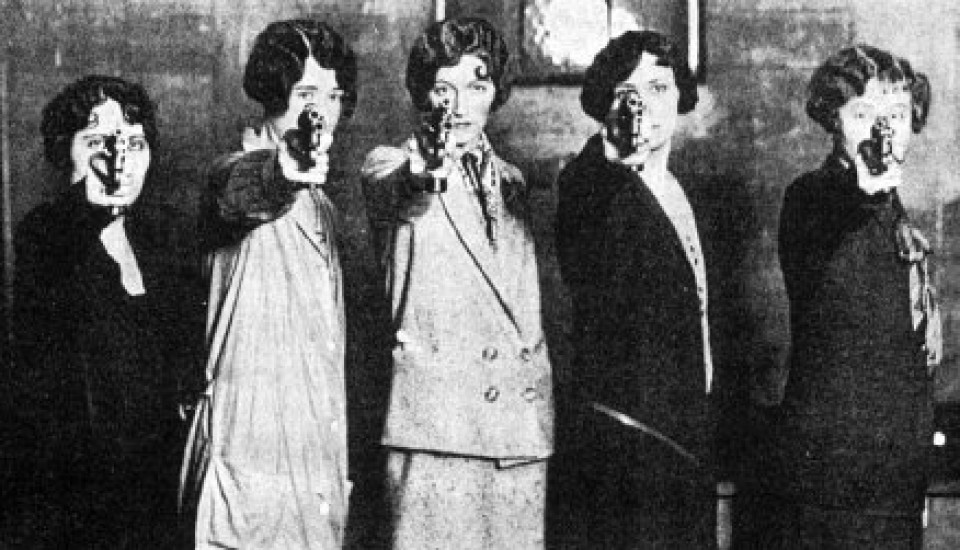by Janice Talaroc
Many beginning shooters, as well as some with experience, greatly underestimate the importance and effectiveness of what I like to call “PR” or “pre-range” training. PR training, and practice, should be completed before ever visiting a range for live fire practice.
Here’s why: Once at the range you will receive a quick explanation of the rules by the person behind the counter while signing in and paying. If you don’t have your own or a borrowed gun, you will be faced with deciding which gun to rent. (There will be many to choose from.) The person behind the counter may or may not be helpful. Ammunition will have to be purchased to match the caliber of gun you select. (Most ranges insist you purchase ammunition from them for their rentals.) If you don’t have your own hearing and eye protection, commonly referred to as “eyes and ears”, you will need to rent or borrow them. You will be distracted by the people, the sound of gun fire, and the newly acquired protection equipment (eyes and ears). The bench area, which is where you will be standing or sitting to fire your weapon, is generally only large enough to accommodate one shooter at a time. It will be difficult, even impossible at times to hear the person standing right next to you giving instructions. Most people find this environment a bit challenging when it comes to learning something new. Certainly, learning how to safely handle and operate a gun requires all of your attention and a lot of patience and practice. That being said, let’s move on to “How to best prepare for the first trip to the range”. And maybe several follow on trips as well.
“PR”, pre-range, Training should include: Training on how to safely handle and operate a gun. This includes basic safety rules as well as rules specific to your make, model and caliber of gun. You should be familiar with how to load, unload, and dry fire your gun. You should be knowledgeable on how a gun operates and how ammunition fires. If possible, you should be able to field strip your gun. (I always recommend field stripping a new gun before taking it to the range.) The more knowledgeable you are on how your gun operates, the more confident you will be in its use. A good understanding of sight alignment and sight picture are needed to effectively hit a target. Becoming familiar with the feel of your gun, in advance, will help you to focus on the fundamentals of shooting when at the range. The fundamentals include: position or stance, grip, breath control, sight alignment, trigger squeeze, and follow through. These fundamentals should be properly performed every time you fire a gun. ALL of these fundamentals can be learned and practiced away from the range. If you are unable to remember everything you have read thus far, how can you expect to remember it when you are at the range for the first time? In addition, each fundamental needs to be examined and studied in detail.
The importance of proper preparation cannot be over stated. Firearm familiarization and use are only part of the responsibilities of owning and operating a gun. Situational awareness, preparation, and a thorough understanding of all the ramifications of using a weapon for self defense need to all be learned and understood as part of an effective Personal Safety Plan. This is the reason for offering a clinic, just for women, to learn the proper PR training and preparation which is necessary to ensure safety, success, and FUN!
